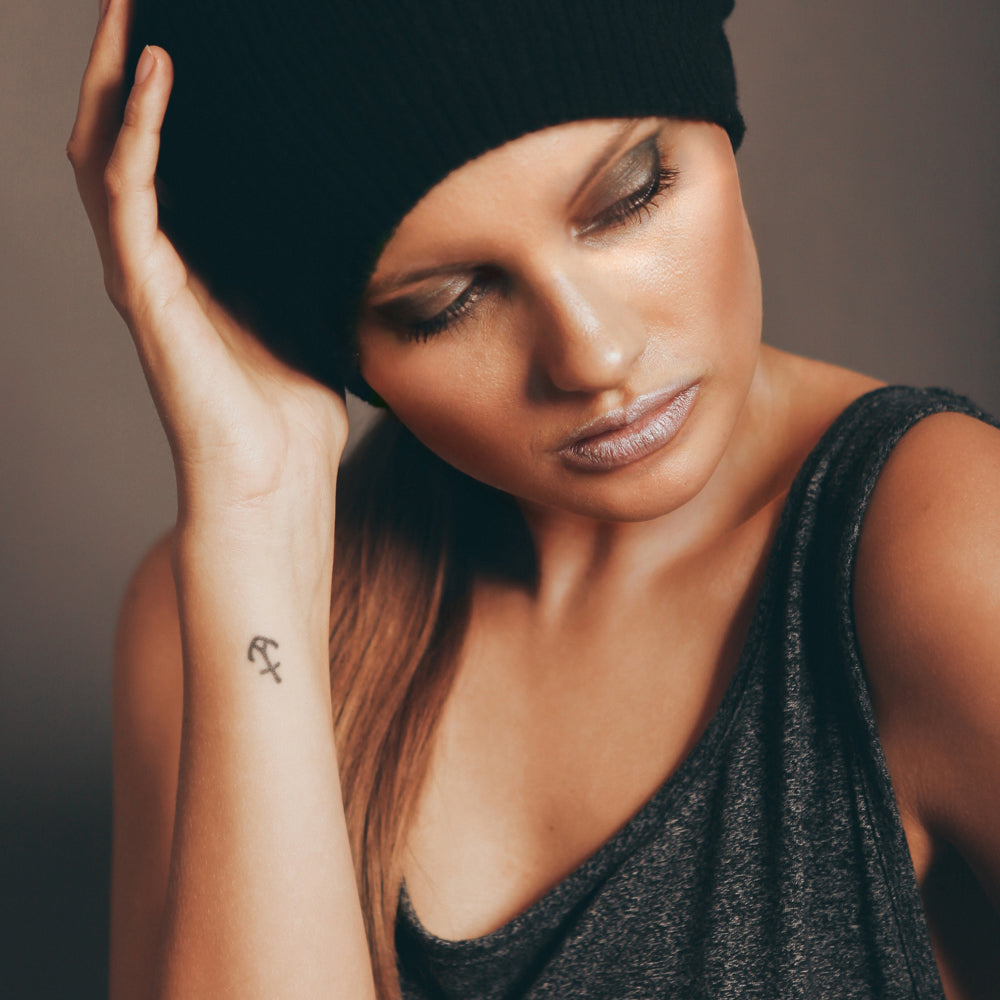
Skin Needling and Acne Scars
Skin Needling Rollers and Acne Scarring / Acne Scars - A Summary of the Scientific Evidence
Acne Scarring is very common in our society. Acne is a common condition seen in up to 80% of people between 11 and 30 years of age and in up to 5% of older adults. Treating acne scars has been widely researched without any conclusion as to an ideal treatment in all cases. Micro needling or skin needling is being increasingly researched as a preferred treatment for acne scarring. It has the advantages over many other cosmetic acne scar treatments of short recovery times, lower costs, less risks and reduced side effects. Additionally it is considered safe for all skin types including darker skin more prone to pigmentation issues and keloid scars.
Below we have summarised some of the recent research on micro needling so individuals can make informed decisions on whether skin needling may be the correct treatment for your skin.
- An Italian study in 2007 treated 32 patients with rolling acne scars. Patients only had 2 sessions of treatment with micro needling. Digital cameras and rubber silicon moulds of the scars were used to evaluate results. After only 2 session the severity and grade of the scars was reduced in all patients and all showed an overall aesthetic improvement (1).
- One study on atrophic facial scars demonstrated good to excellent results in 88.7% of cases. 32 of the 36 patients achieved at least 2 grades of improvement after only 3 treatments (2).
- Another study compared 30 individuals who had micro needling alone with 30 individuals who had micro needling with a glycol acid peel to treat acne scarring. In both groups there was significant improvement in superficial and moderately deep acne scars. The authors concluded “Microneedling is a simple, inexpensive office procedure with no downtime. It is safe in Indian skin (skin types III-IV)” (3).
- A 2011 study compared the results of 15 patients who underwent micro needling of acne scars with 15 who underwent a full-concentration trichloroacetic acid for acne scarring. The results of the 2 groups were not significantly different with the micro needling group showing an improvement in scar severity of 68%. Micro needling appears to give equally good results without the risks associated with strong chemical peels (4).A 2014 study showed significant improvement in acne scar severity in 60 individuals. Importantly the authors noted in the conclusion “PCI (collagen induction therapy) offers a simple and safe modality to improve the appearance of acne scars without risk of dyspigmentation in patient of all skin types (5).
- In another study 3 patients were selected suffering acne scars. 1 session of derma rolling only was performed and then the skin evaluated after 30 days. 28 out of 30 patients showed clinical improvement of acne scars and in all 10 patients confocal microscopy (a modern technique of evaluating the surface of the skin and its smoothness employing both laser and light to measure changes in the topography) showed improvement of the texture and collagen neosynthesis induced by skin collagen induction. The authors again concluded “Skin needling is a very effective treatment for acne scars” (6).
It is worth noting that in no trial listed above were pigmentation issues noted and several authors of the studies recommended the treatment for individuals with darker skin who were more likely to suffer hyper pigmentation.
If you would like to learn more about assisting acne scarring affordably and safely at home please visit this link Scar Reduction Pack.
1. Fabbrocini G1, Fardella N, Monfrecola A, Proietti I, Innocenzi D. (2009). Acne scarring treatment using skin needling.Clin Exp Dermatol. Dec;34(8):874-9
2. Majid I. Microneedling therapy in atrophic facial scars: an objective assessment. J Cutan Aesthet Surg 2009; 2(1): 26–30
3. Sharad J1. (2011). Combination of microneedling and glycolic acid peels for the treatment of acne scars in dark skin. J Cosmet Dermatol. 2011 Dec;10(4):317-23
4. Leheta T, El Tawdy A, Abdel Hay R, Farid S. (2011). Percutaneous collagen induction versus full-concentration trichloroacetic acid in the treatment of atrophic acne scars. Dermatol Surg. 2011 Feb;37(2):207-16
5. Fabbrocini G1, De Vita V, Monfrecola A, De Padova MP, Brazzini B, Teixeira F, Chu A. (2014). Percutaneous collagen induction: an effective and safe treatment for post-acne scarring in different skin phototypes. J Dermatolog Treat. 2014 Apr;25(2):147-52
6. Gabriella Fabbrocini, Marco Ardigò, Ines Mordente, Fabrizio Ayala, Sara Cacciapuotiand Giuseppe Monfrecola. (2015). Confocal Microscopy Images to Monitor Skin Needling in the Treatment of Acne Scars. J Clin Exp Dermatol Res 2015, 6:6



